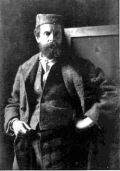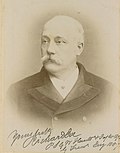| Kidderminster | |
|---|---|
| Former county constituency for the House of Commons | |
 Kidderminster in Worcestershire, showing boundaries used from 1974–1983 | |
| County | Worcestershire |
| Major settlements | Kidderminster |
| 1918–1983 | |
| Seats | One |
| Replaced by | Wyre Forest and Leominster [1] |
| 1832–1918 | |
| Seats | One |
| Type of constituency | Borough constituency |
| Created from | Worcestershire |
Kidderminster was a parliamentary constituency in Worcestershire, represented in the House of Commons of the Parliament of the United Kingdom. It elected one Member of Parliament (MP) by the first past the post voting system.
Contents
- History
- Boundaries
- 1832–1868
- 1868–1918
- 1918–1950
- 1950–1983
- Members of Parliament
- Elections
- Elections in the 1830s
- Elections in the 1840s
- Elections in the 1850s
- Elections in the 1860s
- Elections in the 1870s
- Elections in the 1880s
- Elections in the 1890s
- Elections in the 1900s
- Elections in the 1910s
- Elections in the 1920s
- Elections in the 1930s
- Elections in the 1940s
- Elections in the 1950s
- Elections in the 1960s
- Elections in the 1970s
- References
- Sources





